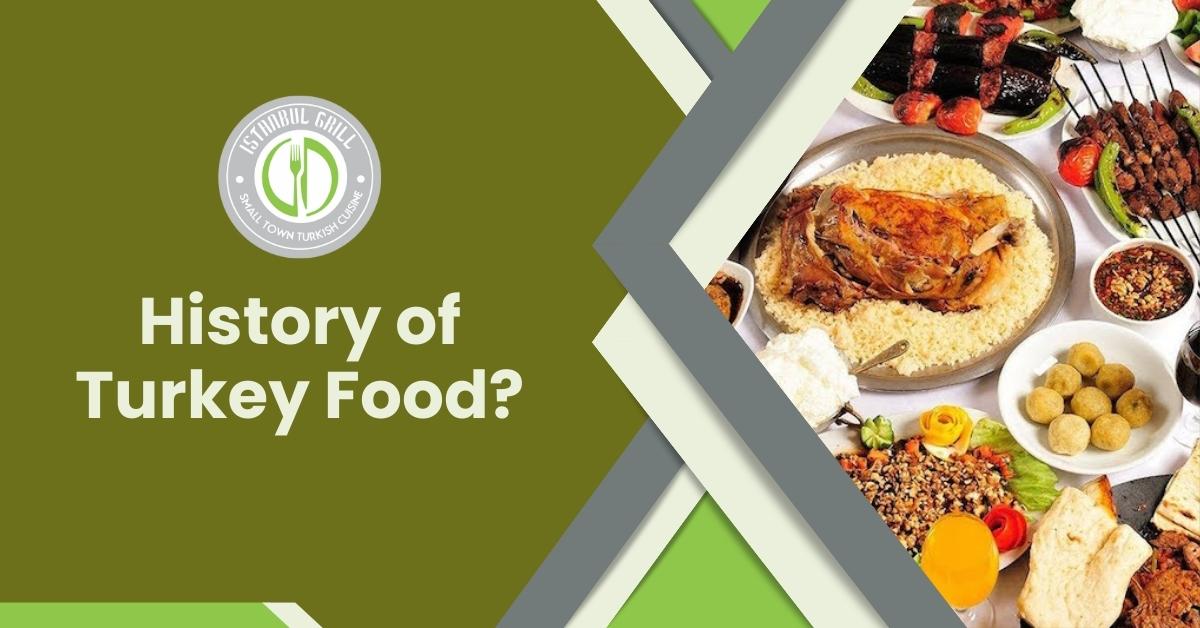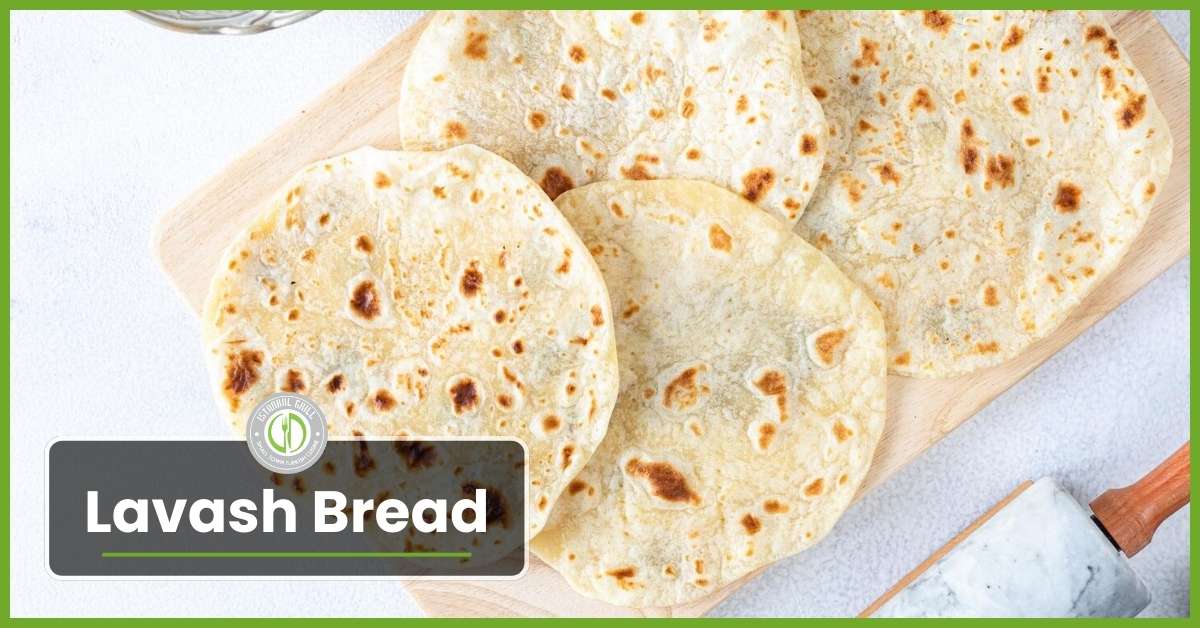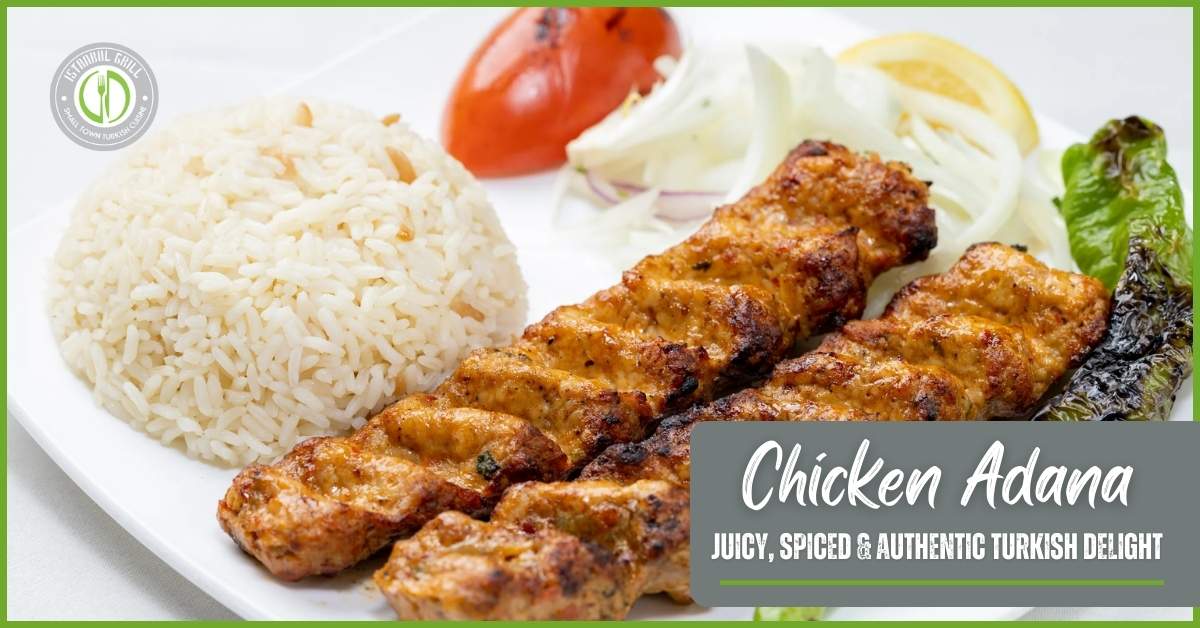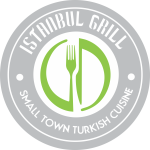Turkey is a country of two continents, European and Asian and that is why the food of this country contains the peculiarities of both continents. Through the years, Turkish cuisine has been influenced by the Central Asian nomads, Arabic and Persian cuisine, Italian, French, and Eastern European. Today, Turkish food is popular for its delicious and diverse taste in combination with the use of bright spices and dense Juanita L. Kitchen, delicious and hearty meals. Tradition shows that the Turks of the Ottoman Empire and today’s Republic of Turkey. They have always welcomed their guests with food.
“Did you know Turkish food is a blend of history and rich flavors? From fresh ingredients to bold spices, it’s a culinary adventure you don’t want to miss.”
If you are interested in choosing a genuine restaurant to dine in, you may be in search of the “closest restaurant to me”, or “food establishments near me” that offer these tasty Turkish dishes. There are kebabs and meze dishes, and of course, Turkish sweets, such as baklava. The culinary tradition of Turkey offers many more that are interesting to world chefs. That is why if people search for various places, namely, ‘Mexican restaurants near me’, ‘seafood restaurants near me’, or even ‘lunch near me’, they should pay attention to Turkish cuisine.
What is the Turkish Tradition of Eating?
Food is not only for eating in Turkey but also a social issue. It bears bearing relationship with the culture of hospitality and tradition. Food in Turkey is ordinarily taken in courses, with close relatives and friends. Pleasure to Turkish people is highly valued, and they are used to sharing their food with guests. Even if he has just come to visit them.
Turkish breakfasts seem to be the most valued tradition in the country. Breakfast foods consist of crisp bread, olive, cheese, tomatoes, cucumber, and jams. There are also eggs and Menemen which is a special dish of Turkey that has scrambled eggs.
Meals are composed of lunch and dinner and are big meals often with appetizers called mezes followed by grills and meats vegetables and rice or bulgur. The principle of sharing meals is especially important, and people often spend a long time at a table but with multiple plates. Thus, if you ever need a place to look for “the best restaurants near me’ or ‘nearby restaurants that are open,’ then why not try out a Turkish restaurant to get to feel the essence of this communal dining?
What Turkish Cuisine Is Like?
Nutrition characterizes primary Turkish food combinations that harmonize palatability and depth, using resource fresh sustainable ingredients. The type of Turkish cuisine differs between the regions. However, the general flavor pickers share the dishes all over the country.
In the seaside areas there is always fish and the food several dishes are Flavored with lemon and olive oil. On the other hand, the food from the central region of Turkey is characterized by plenty of stews and meats and powerful warm spices such as cumin, coriander, and paprika. Meals such as baklava are sweet and sometimes contain heavy use of nuts and honey, and the sweet taste of the dessert is a perfect complement to the somewhat spicy meals.
“By now, you’ve probably noticed how Turkish food stands out. It’s not just the spices or the ingredients—it’s the love and tradition in every bite.”
For those who want to type in “Mexican food restaurants near me,” or “Italian restaurants near me,” why not give Turkish food a try? This guarantees that there are severable interactions between different tastes, and this makes the consumption of these products more interesting.
Special Features of Turkish Cuisine
In my point of view, there is a very great reason Turkish food is special due to the demonstration of the traditions and the variation. However, its origins can be traced back even to the Ottoman Empire where the foods of the empire, as passengers arrived from different parts of the empire, were impacted by the foods of turkey. This has meant that the cuisine has developed a host of dishes ranging from light and healthy meze to grilled spicy and sweet.
The thing that can be said about Turkish food is that it relies on fresh, locally sourced ingredients. From the extra virgin olive oil used in Mediterranean cuisine to the spices used in Konya. Each item used in the recipe selection is selected through taste. This kind of caring makes Turkish food one of the most authentic foods that are themselves embodiments of Turkey’s culture.
If you’re ready for something quite different in seafood and type something like “best seafood restaurants near me” or a Chinese buffet, Turkish cuisine will be quite definitely worth trying for its rich and saturated taste.
What Are the Flavors of Turkish Food?
When it comes to Turkish food, you get to enjoy ground, salty, sweet, and sharp flavors that balance one another. People say the story is in every bite, and it is hereby in concordance with the history and geography of Turkey. Now let’s look at some of the features of Turkish food to understand why this kind of food is special.
Being in the middle between the Eastern and the Western worlds the main idea of Turkish food is to be both fresh and strong at the same time. Garnishing herbs such as parsley and mint dill are known to make many dishes fresh. Bold spices such as cumin, paprika, and sumac make the food rich and warm. It is this combination that imparts such succulent flavors, to such a dish as kebabs, whilst a vegetable dish, on the contrary. It is likely to be full of the freshness of the garden.
Zesty Citrus and Olive Oil in Turkish Food
Lemon and olive oil are the two ingredients that are endemic in Turkish cuisine and give a touch of sourness to many meals. Most greens swish in olive oil. While vegetables are pan-fried in it and create delicious dishes that are not too heavy. Lemon is used to add some zest to the food. Whether it is squeezed on the grilled fish, or even used to season various meats.
Sweet and Nutty in Turkish Food
Turkish sweets are a galaxy of its own, with the taste of sweetness and the crunchiness of nuts. Take baklava, for example. Slabs of crisp filo reminding one of fine tissue paper and soaking in thick syrup are filled with chopped pistachios or walnuts. The result? This is a recipe for a delicious, sweet dessert that will make your tongue stick together. Due to its sticky and crunchy nature. Other usual addition is honey and rosewater which gives Turkish sweets the scent of flowers and more sweetness.
Warm Spices and Aromatics in Turkish Food
Cinnamon, cardamom, and cloves are warm spices that provide both a rich aroma and a certain warmth to your meals. Whether they are savory or sweet. These spices are used in meat stews rice dishes and Turkish sweets such as künefe. That is where the spices add an interesting counterpoint to the dish’s cheesy pulla.
Savory, Smoky, and Charred in Turkish Food
Lamb and chicken are typical of Turkish food barbecues; they must be fresh meat. This can be over the direct flame, in a kibbeh, or more typically in a clay oven characteristic of Turkey’s cuisine. This gives a slightly burnt taste which goes well with fresh vegetables, fluffy breads, and sour yogurts such as cacık.
Concisely, Turkish food is a yummy ride where freshness, sweetness, warmth, and a deep rich smoky flavor are encompassing across a plate. First-timers, and even those who are so deeply in love with Turkish cuisine you won’t help but crave more.
Conclusion
After all, cuisine spans from ancient times and it is not only the food that people can enjoy. Whether you want something small and light, or you want to gorge yourself until you can’t move. Turkey is a country that delivers where a person’s belly is concerned. So the next time you wish to order from the nearest restaurant to me or restaurants open near me. Consider trying food from Turkish cuisine!
FAQs
What are Turkish dips?
Picking and party dips of Turkey rank among the most popular Ayran, Haydari – a yogurt with herbs, classic hummus, and baba ganoush. Both are traditionally eaten as part of a meze platter.
Is Turkish tea hot or cold?
This tea is prepared hot and is taken as a black tea brewed from a teapot with two levels.
Is Turkish tea with milk?
No, Turkish tea does not have milk added to it. It is just plain and strong, and often you may add sugar to it if preferred.






